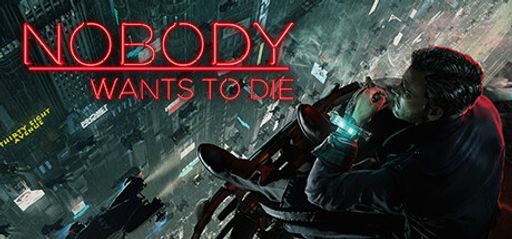I recently played Nobody Wants to Die, and it made a strong, mixed impression. As someone who enjoys deep mechanics and detailed gameplay, I felt both excited and let down while guiding Detective James Karra through a dark, futuristic New York in 2329. With Critical Hit Games developing and PLAION publishing, expectations were high—some parts hit the mark, but others did not.
Overall Impressions
From the start, the game’s presentation drew me in. The dystopian New York looks like a blend of Bioshock and Cyberpunk 2077, with a dark, gothic style that offers plenty of “wow” moments. Yet the detective work rarely feels interactive. Instead, you follow a mostly linear path, more like reading a visual novel than solving a mystery. If you want heavy detective gameplay with real choices and branching paths, this title may disappoint.
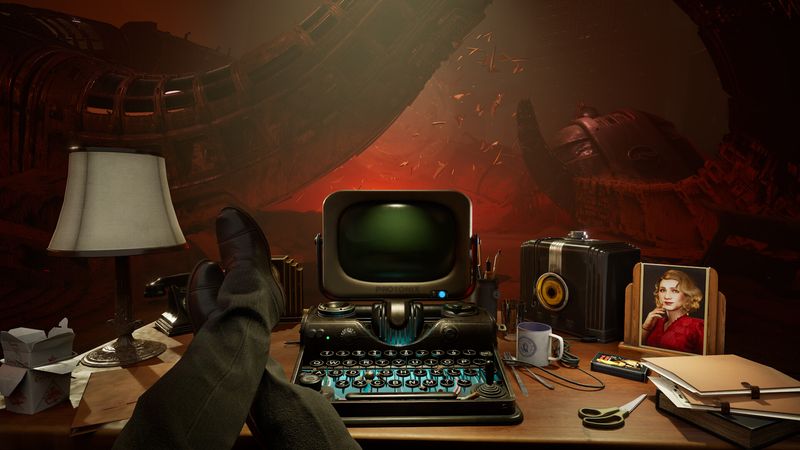
Gameplay Mechanics
I love fresh gameplay ideas, but here the core mechanics underwhelm. The game often guides you by the hand, instead of letting you explore or deduce on your own. The puzzles feel predictable and decisions feel forced. There are highlights—some tech tools add a spark to your investigations—but they’re few and far between. Combat and exploration rarely build real tension or excitement. Overall, the game feels more like a set story than a chance to use your detective skills.
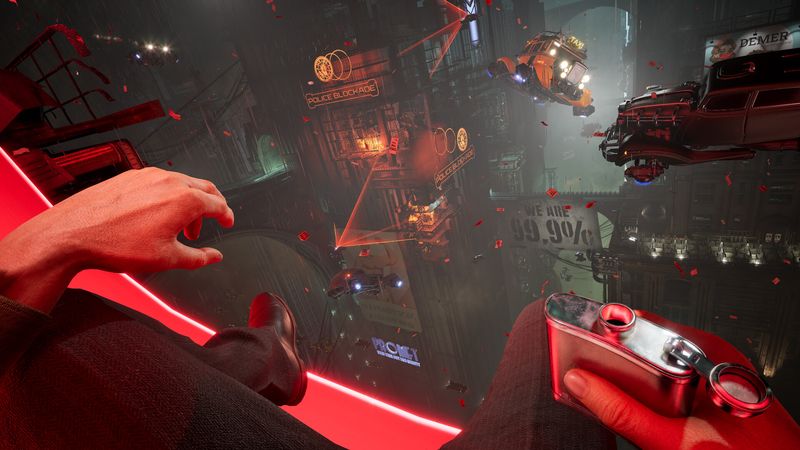
Story and Characters
Set in a gritty noir world with a cyberpunk twist, the story has promise. James Karra is a hard‑boiled detective hunting a serial killer targeting the city’s elite. The world‑building is rich, and the themes of moral choice and sacrifice come through. But the pacing slips in the middle, and the ending rushes by. Some side characters never get enough depth. The voice acting brings life to Karra’s thoughts, yet constant narration and a fixed path pull you out of the mystery‑solving. Still, I admire the big ideas and bold scope.
Visuals and Graphics
Visually, the game is a triumph. Built on Unreal Engine 5, each scene is breathtaking, from neon‑lit alleys to rain‑soaked skyscrapers. The mix of retro‑future and noir creates a strong mood. Shadows and light play across every surface, and the art style perfectly matches the dark story. Unfortunately, stunning visuals can’t make up for a gameplay structure that stays too predictable.
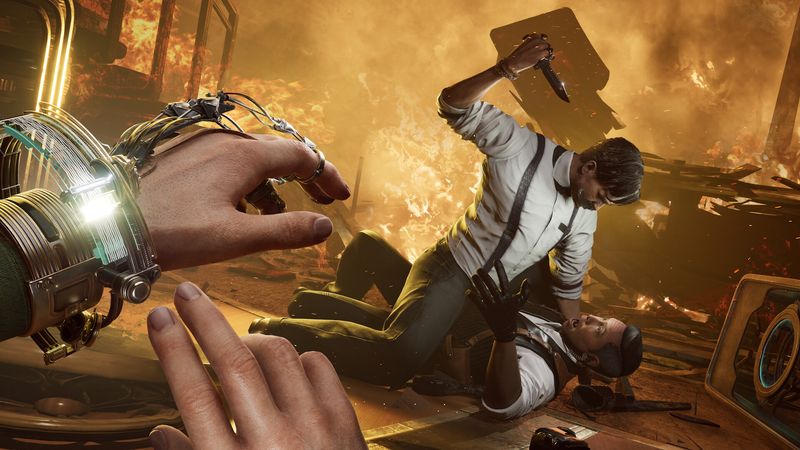
Sound and Music
The sound design in Nobody Wants to Die deserves acknowledgment. The carefully crafted ambient noises mirror the oppressive urban landscape. Voice acting proves competent and helps establish the character’s inner conflicts. However, there is a recurring issue: the detective vibe soundtrack often feels incessant and intrusive. The music can overpower some pivotal narrative moments, leaving little room for silence to underscore the tension naturally. The constant presence of thematic music sometimes detracts rather than enhances the investigative experience. This issue is minor compared to the visual success but still noticeable, particularly during lengthy dialogue sequences and during investigative segments. Overall, the audio elements support the game’s mood but could benefit from more diverse soundscapes to avoid fatigue.
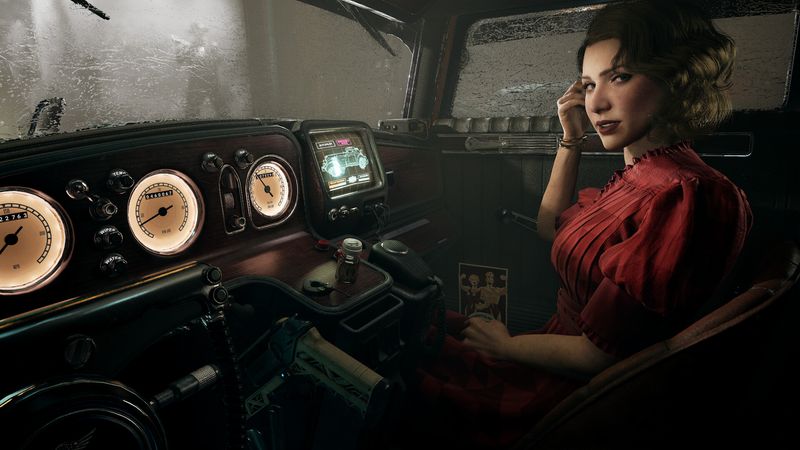
Difficulty and Replayability
For veterans seeking a challenge, the investigative puzzles in Nobody Wants to Die may not hit the mark. The game’s difficulty level veers toward being too forgiving. You rarely face obstacles that require adaptive thinking or strategic planning, which is disappointing for a title that prides itself on detective work. As for replayability, many titles in this genre offer multiple branching paths that entice repeated playthroughs. Regrettably, the choices in this game barely alter your experience. Although the marketing promises multiple endings and replay value, the decision points feel superficial, offering little incentive to retrace your steps. Many players agree that with a play time of under seven hours, it isn’t a title that entices a second run unless you are a collector of narrative experiments.
Additional Trivia and Behind the Scenes
It’s worth noting that Critical Hit Games has built a solid reputation with immersive storytelling and creative soundscapes in past titles. With Nobody Wants to Die, they aimed to blend film noir with futuristic aesthetics—a hybrid that many early players found intriguing. Developer interviews hinted at an ambitious desire to push narrative boundaries in a detective game, but it appears that technical ambition outpaced gameplay innovation this time. Rumors suggest that future updates or sequels might refine the investigative elements, bolstering what almost became a modern classic in terms of visual and narrative design.
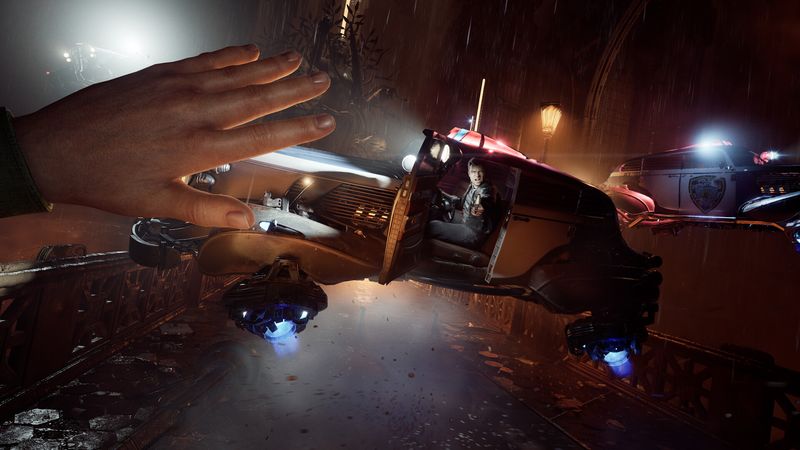
Final Thoughts and Rating
In summary, Nobody Wants to Die is a tale of two worlds. On one side, its breathtaking visuals, atmospheric world-building, and in-depth narrative ideas score highly. On the other, its underwhelming gameplay mechanics and linear investigation detract from a comprehensive gaming experience, especially for those who value interactive detective work. I admire Critical Hit Games for their creative vision, yet I urge them to further refine the balance between narrative immersion and gameplay interactivity in future projects.
I award Nobody Wants to Die 3 out of 5 stars. The game is an artistic gem with a dark cyberpunk allure, but it falls short in engaging its players in meaningful, challenging detective work. For those interested in art, storytelling, and dystopian settings, this title might be a worthwhile acquisition—especially during a sale. Hardcore gamers and detective enthusiasts may find the experience lacking in terms of interactivity and replay value.
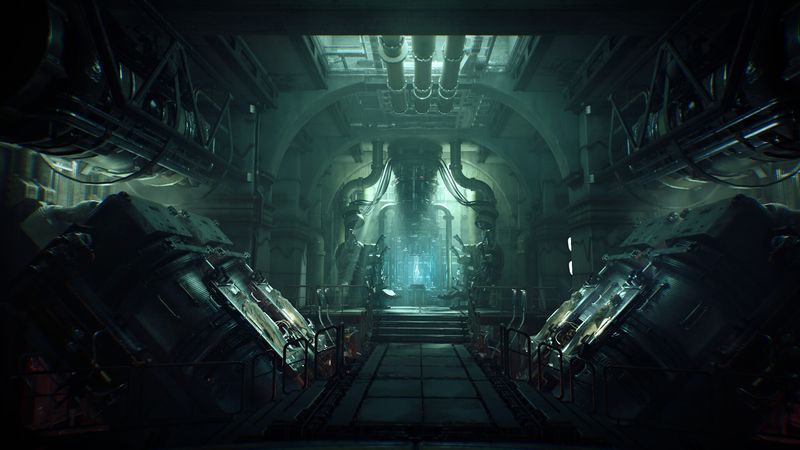
Ultimately, our journey with Nobody Wants to Die reminds me that even the most visually compelling worlds must be matched with robust gameplay to captivate the dedicated gamer. I remain hopeful that Critical Hit Games will enhance these elements in future offerings. As always, I continue to seek titles that challenge both my tactical acumen and narrative curiosity. This game might not redefine the genre, but it paves the way for intriguing innovations in future projects.

